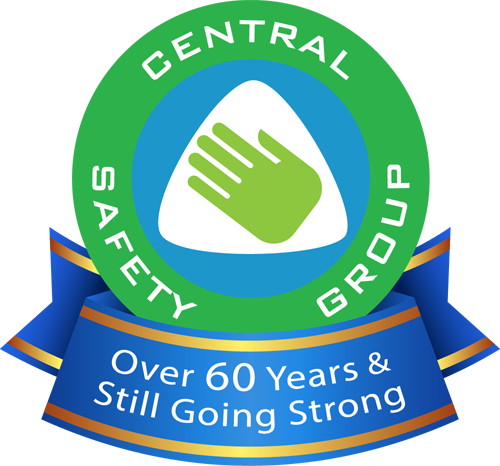Silica: New Regulations and Control
Over the last two weeks of Health and Safety Month 2021, WorkSafe Victoria ran free 45-minute webinars on a variety of topics. The theme for the month was “You learn something new every day”. I attended the session about the new Silica regulations, which was presented by Bryan Monch and Meryll Ashton from WorkSafe, and Dr Ryan Hoy, Respiratory Physician & Senior Research Fellow, Monash University, Centre for Occupational and Environmental Health.
Both engineered and natural stone contain significant amounts of crystal silica (SiO2), with engineered stone having the higher content. Inhalation of silica dust can lead to the disease silicosis. There are three types of silicosis – chronic, accelerated and acute – based on the level of dust and the length of exposure. It is a scarring disease and effects range from shortness of breath and wheezing to lung cancer, kidney disease and auto-immune disease. Smoking exacerbates the effect of silica inhalation.
The new Regulations were introduced in 2019 and come into effect in May 2022. They aim to address a lack of information on the hazards of silica across the supply chain, many of whom are small businesses or sole traders.
These Regulations will mainly affect manufacturers and suppliers of engineered stone, who will be required to be licensed and have controls in place that will be assessed by specialist WorkSafe Inspectors. For those organisations working with non-engineered stone, they will be required to have controls in place such as Safe Work Method Statements (SWMS).
A transition period for both the engineered and non-engineered stone work commenced on 15 November 2021. WorkSafe Victoria has created a Silica Field Team of Inspectors, who will visit workplaces to assist employers comply with the new requirements.
Some key controls:
- Uncontrolled dry cutting of manufactured stone is banned in Victoria; water cutting is recommended.
- In some cases there may need to be treatment of recycled water.
- Dust should be vacuumed with specialist equipment, rather than swept.
- Information on the hazards and required PPE must be supplied to job applicants.
- Screening for silicosis needs to be undertaken by a specialist occupational or respiratory physician.
There is now a specialist screening clinic at the Alfred Hospital.
Information that came out of the Q&A session:
- Cleaning of ceramics studios should follow the same principles of wet rather than dry methods as well as vacuuming with H-class equipment.
- PPE/respirators must comply with relevant Australian Standards, with P2 or air purifiers recommended. Proper fit and storage are also required.
- SafeWork Australia is looking at developing guidance material and there is already some information available in the West Australian jurisdiction: https://www.commerce.wa.gov.au/worksafe/silica-0
- The time-weighted average (TWA) has been set at 0.05 mg/m3 over an 8 hour working day, but susceptibility depends on the individual. 0.02 mg/m3 is considered low risk.
WorkSafe Victoria will make an edited version of the webinar available on their website in late November.


